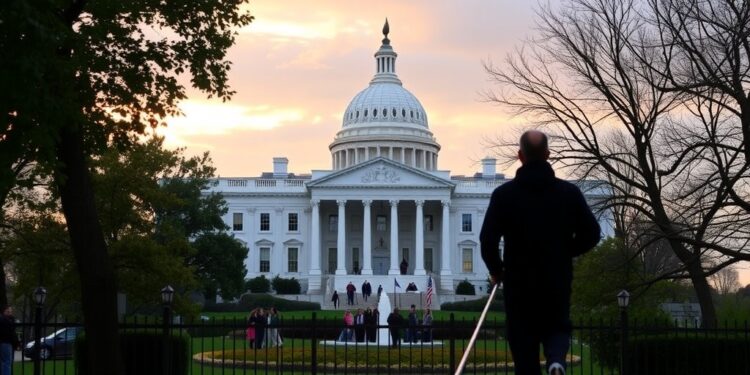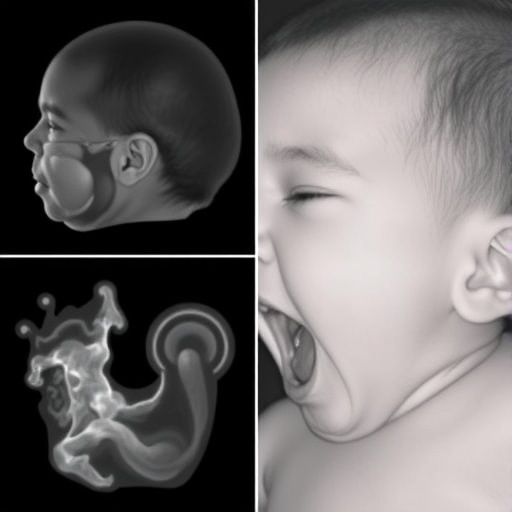
Staffing reductions within key U.S. federal health agencies—namely the Department of Health and Human Services (HHS), Centers for Disease Control and Prevention (CDC), Food and Drug Administration (FDA), National Institutes of Health (NIH), and Agency for Healthcare Research and Quality (AHRQ)—have elicited serious concerns from health experts across the nation. The Society for Healthcare Epidemiology of America (SHEA) has articulated a clear and pressing warning: these layoffs do not merely represent budgetary measures but instead unfold as a significant threat to public health efforts nationwide. The dismissal of thousands of health professionals signifies an alarming depletion of vital expertise that is key to safeguarding public health, particularly during periods of disease outbreaks and emergencies.
As history has shown, a robust and knowledgeable healthcare workforce is not merely a luxury; it is a cornerstone for responding effectively to public health crises. The ripple effect of staffing cuts will likely compromise preparedness for infectious disease threats. Without collaborative relationships nurtured between hospitals and federal scientific staff, the nation’s ability to monitor and control infectious threats is at serious risk. The implications of this staffing crisis extend far beyond administrative budgets—potentially culminating in an escalating public health crisis characterized by higher rates of preventable healthcare-associated infections (HAIs), and ultimately, increased mortality rates.
The reality of these staffing downsizes reveals the stark truth: hospitals across the U.S. could face significant challenges in managing infectious disease threats. The interdependence between healthcare facilities and public health agencies is critical for effective disease surveillance and investigation. With each tasked federal employee dramatically influencing facets of research, infection prevention, and community outreach efforts, mass layoffs are poised to create harmful gaps in both monitoring and public education initiatives crucial for safeguarding community health.
In the immediate term, the removals of accomplished federal staff threaten to hinder the capacity for effective outbreak response strategies. Eighteen months into global challenges posed by the SARS-CoV-2 virus, the continued public health ramifications of reduced workforce capacity have not yet fully manifested, but evidence suggests that the impacts will be both severe and far-reaching. Experts assert that inadequate staffing within federal public health agencies can lead to longer hospital stays for patients battling infections and contribute to a broader rise in antimicrobial resistance—an issue already intensifying across diverse healthcare settings.
While these workforce reductions are being framed as cost-saving initiatives by the federal government, the underlying costs associated with potential increases in disease incidences are likely to far exceed any immediate budgetary savings achieved through layoffs. The correlation between healthcare expenditures and public health workforce capacity is well-documented; the premise that cutting Federal personnel in public health will yield financial benefits is misguided at best. In reality, the long-term repercussions—extending to individual patient outcomes and overall healthcare costs—will fuel an ongoing cycle of increased spending driven by preventable morbidity and mortality.
Many public health agency staff members had dedicated their careers to pivotal contributions in research and community engagement, all crucial for delivering effective public health strategies. Their expertise is instrumental not only in outreach and education but also in partnership-building with non-healthcare entities such as academic institutions and local governments. Through these partnerships, accurate and timely scientific information is disseminated to the public, limiting misinformation and fostering community resilience—capacity that could be irrevocably compromised with the loss of seasoned public health professionals.
The very nature of public health lies in its proactive and innovative service delivery, a function that necessitates a dynamic workforce. Staff trained in healthcare epidemiology bring specialized skill sets that are critical for advancing public health initiatives designed to combat infectious diseases and promote healthy living. Reductions in staffing levels compromise the infrastructure necessary to conduct effective research, engage with community stakeholders, and ensure education efforts resonate with diverse populations.
The challenge of protecting public health becomes exponentially complicated without the manpower invested in disease research and investigation. Each federal agency plays a vital role in not just addressing current public health threats but also in anticipating future challenges. Public health teams are the frontline responders in managing communicable diseases, formulating vaccination campaigns, and rolling out educational programs that avert crises before they unfold.
By dismantling this workforce, the potential for future surges in healthcare costs grows, compounded by the likelihood of increased laboratory confirmations of outbreaks and the associated costs of handling such emergencies. It is clear that transferring budgetary burdens onto already-stretched hospital resources through these reductions in personnel creates a precarious situation—one that is not only unsustainable but is unconscionable in light of public health priorities.
The Society for Healthcare Epidemiology of America stands firm in its advocacy for a well-resourced federal public health system that can effectively serve the nation’s interests. With deep roots in infection prevention and healthcare epidemiology, SHEA continues to champion the need for a comprehensive inspection of federal workforce strategies to avert the public health consequences of care fragmentation and workforce depletion. The investments made in public health not only facilitate immediate responses but are crucial for long-term wellness initiatives that hinge on sustained community engagement and education.
In conclusion, the ramifications of staffing reductions in federal health agencies demand urgent attention and reevaluation. The emphasis placed on cost-cutting must not obscure the potential public health implications that arise from short-sighted decisions that compromise America’s health infrastructure and the capacity to deliver quality healthcare. For a healthier future—not merely for those who can afford it, but for all—advocacy to restore workforce numbers and capabilities is paramount.
—
Subject of Research: Impact of Staffing Reductions in Federal Health Agencies
Article Title: Staffing Cuts Threaten Public Health Infrastructure
News Publication Date: To be determined
Web References: To be determined
References: To be determined
Image Credits: To be determined
Keywords: Public Health, Healthcare Workforce, Infection Prevention, CDC, HHS, FDA, NIH, Health Economics, Healthcare-Acquired Infections, Disease Surveillance, Community Engagement, Healthcare Advocacy.
Tags: Centers for Disease Control and Prevention layoffscollaboration between hospitals and federal agenciesconsequences of federal budget cuts on health agenciesDepartment of Health and Human Services staffing issuesexpertise depletion in public healthfederal health agency workforce cutshealthcare workforce challenges in the U.S.impact of staffing reductions on healthcareimplications for infectious disease responsepublic health crisis preparednesssafeguarding public health during emergenciesSociety for Healthcare Epidemiology of America concerns





